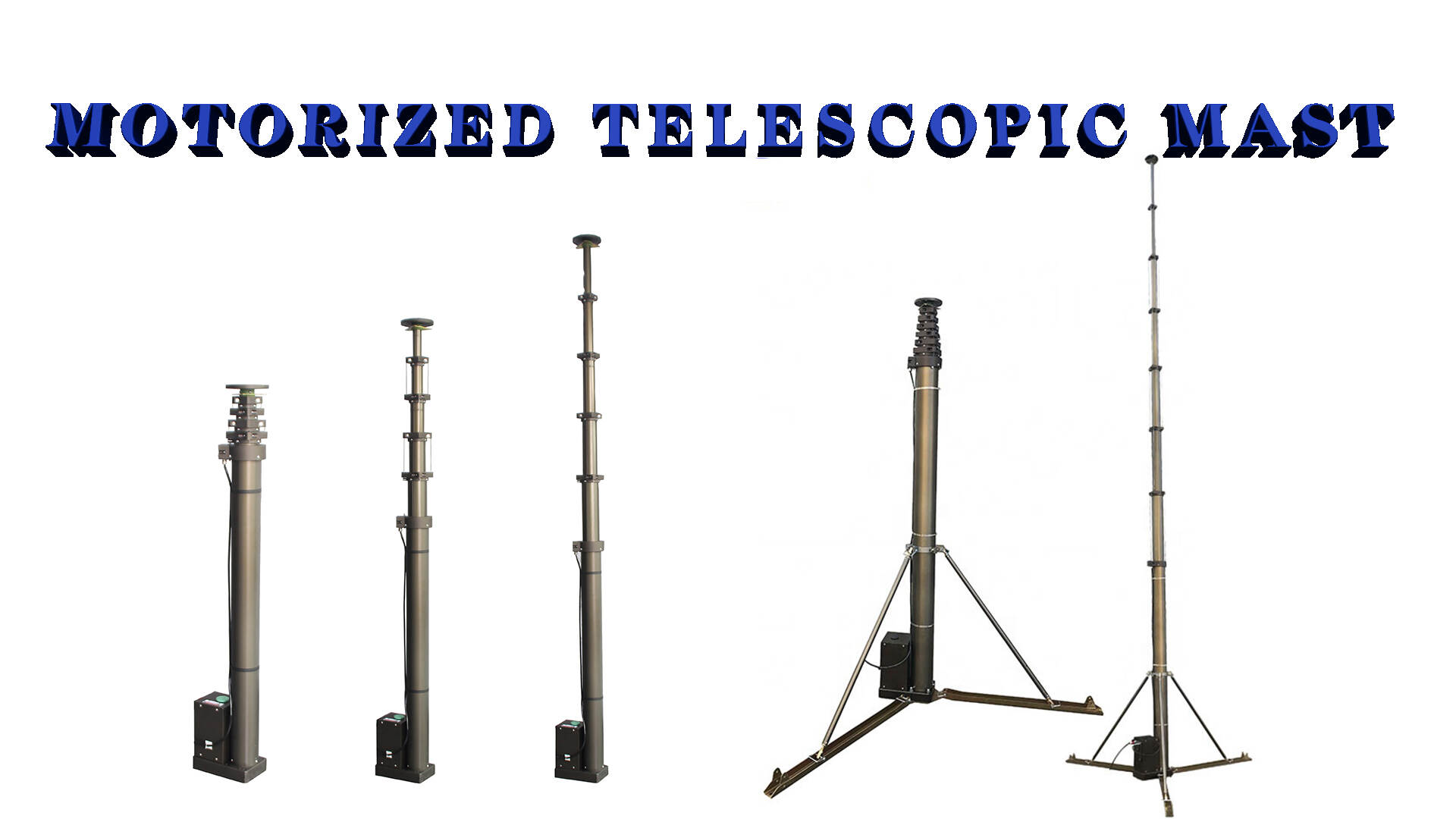Weather Considerations for Motorized Antenna Masts: Ensuring Optimal Performance and Durability
June 06,2023
Motorized antenna masts are an excellent way to ensure that you receive optimal signal strength from your television or radio receiver. These masts allow you to adjust the height and angle of your antenna easily, which makes it easier to capture strong signals even in areas with weak reception. However, one factor that can affect the performance of your motorized antenna mast is weather conditions.

Weather conditions like heavy winds and rain can impact the stability and performance of your motorized antenna mast. In areas prone to inclement weather, it is essential to choose a robust and sturdy motorized antenna mast that can withstand these conditions. The height of your mast can also significantly affect its performance in inclement weather.
Tall masts are more susceptible to wind-induced vibrations, which can result in a wobbling motion that can affect the overall stability of the mast. The higher antennae can also be at risk of lightning damage during thunderstorms. To mitigate these risks, you will need to secure your motorized antenna mast properly during installation and use.
Additionally, it is important to consider the materials used to construct your motorized antenna mast. Choosing a mast made from high-quality metal like aluminum or steel can ensure the mast's durability against the elements. Rusting can also weaken the structure of the mast, so it is crucial to ensure that it is adequately protected against corrosion.
It is also important to note that weather conditions can affect the reception of signals in different ways. During rainfall, signal strength can decrease as electromagnetic waves get scattered by water droplets in the air. This can result in a snowy or blurry picture on your television set.
Thunderstorms can also interfere with radio or television signals by introducing atmospheric noise. Lightning discharges in nearby areas can generate electromagnetic fields that can disrupt the signals traveling along your antenna cable, leading to a loss of signal or degraded quality.
In conclusion, choosing a motorized antenna mast that can withstand harsh weather conditions is essential to ensure that you receive optimal signal strength from your television or radio set. Factors like the materials used in construction and the height of the mast can impact the mast's stability and resistance to extreme weather. Also, weather conditions like rainfall and thunderstorms can affect the reception of signals and should be considered when installing and using a motorized antenna mast. By taking these factors into account, you can ensure that you receive excellent signal strength and optimal performance from your motorized antenna mast.